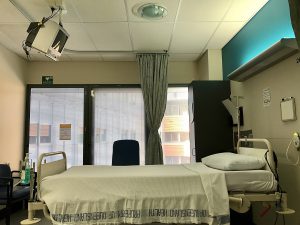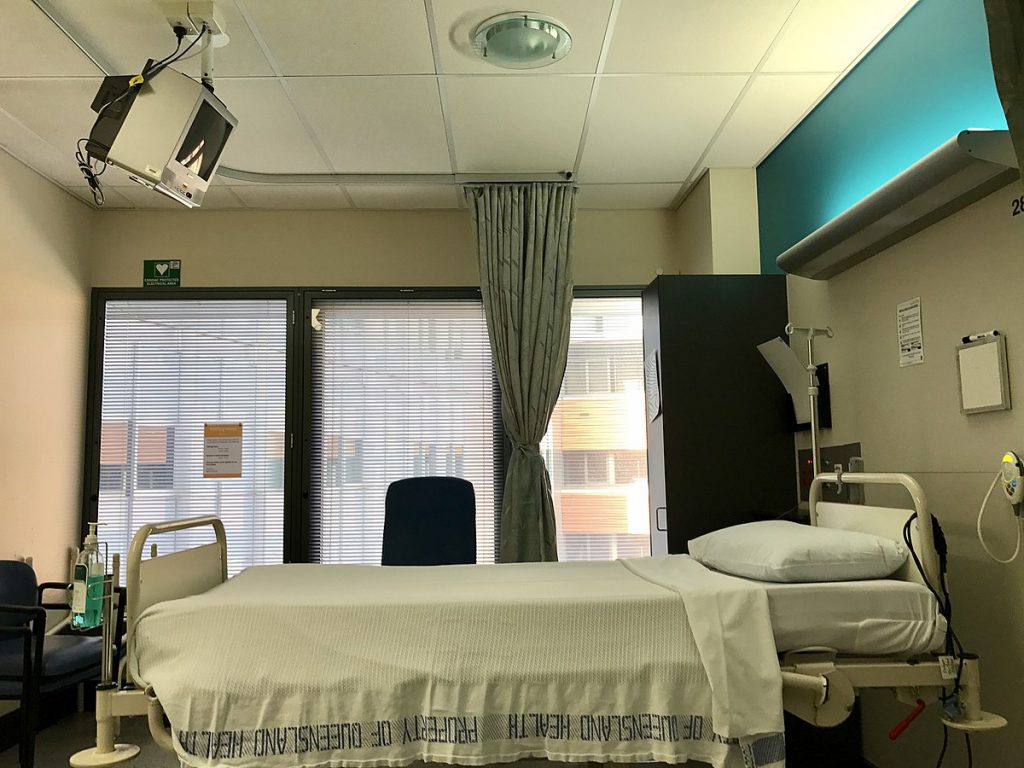
Another useful preprint by Shelly Miller at CU Boulder and colleagues. In this case, “Implementing a Negative Pressure Isolation Space within a Skilled Nursing Facility to Control SARS-CoV-2 Transmission” is exactly what the title says. A demonstration of modifying an existing HVAC system to control the flow of air in a high risk environment. Good practical application stuff. Abstract below:
Background: Isolation space must be expanded during pandemics involving airborne transmission. Little to no work has been done to establish optimal design strategies and implementation plans to ease surge capacity and expand isolation capacity over long periods in congregate living facilities. The COVID-19 pandemic has an airborne transmission component and requires isolation, which is difficult to accomplish in skilled nursing facilities. Purpose: In this study we designed, implemented, and validated an isolation space at a skilled nursing facility in Lancaster, PA. The overall goal was to minimize disease transmission between residents and staff within the facility. Basic Procedures: We created an isolation space by modifying an existing HVAC system of the SNF. We measured pressure on-site and performed computational fluid dynamics and Lagrangian particle-based modeling to test containment and possible transmission extent given the isolation space is considered negative rather than individual rooms. Main Findings: Pressure data shows the isolation space maintained an average hourly value of (standard deviation) -2.3 Pa (0.12 Pa) pressure differential between it and the external hallway connected to the rest of the facility. No transmission of SARS-CoV-2 between residents isolated to the space occurred, nor did any transmission to the staff or other residents occur. The isolation space was successfully implemented and, as of writing, continues to be operational through the pandemic. Key Words: aerosol transmission, airborne transmission, surge capacity, engineering controls, congregate living facilities
